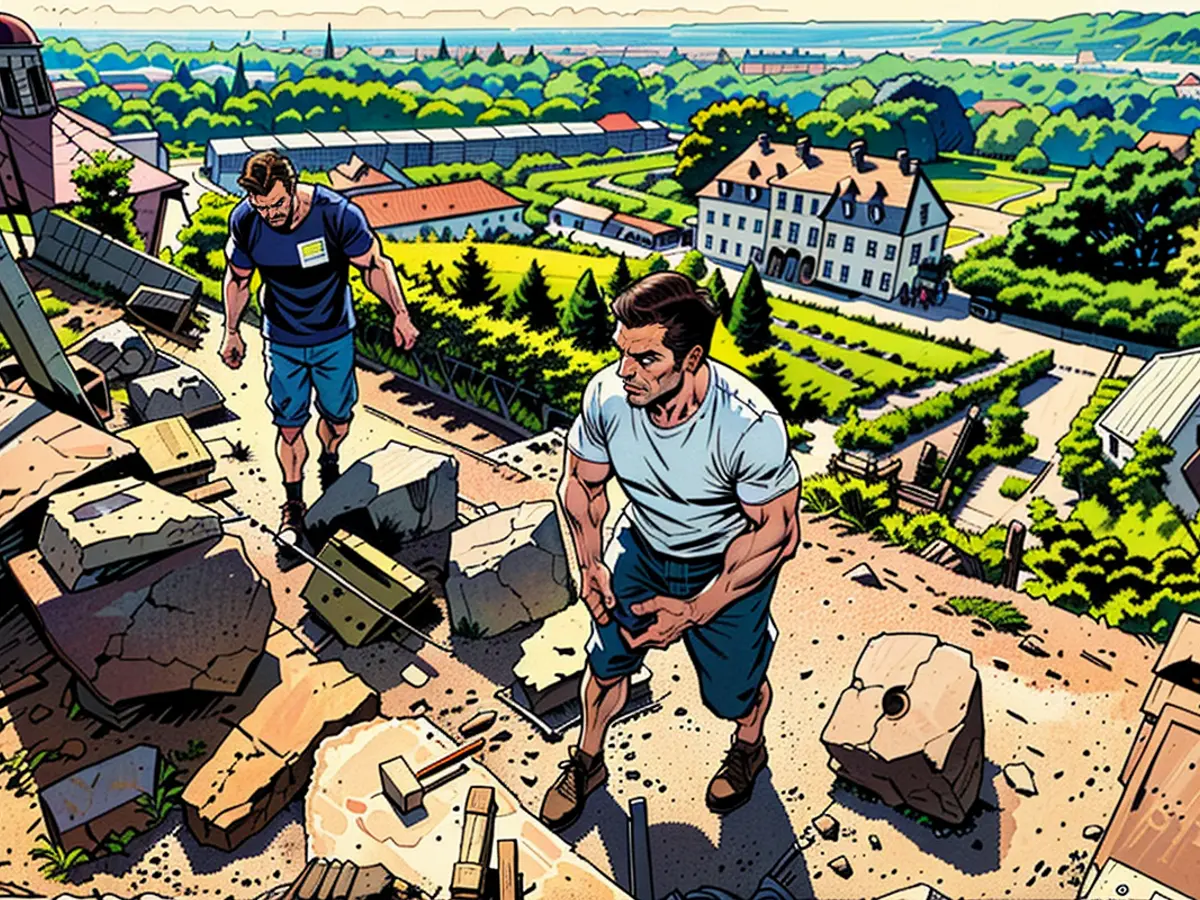Preservation of monuments and viticulture - Millions for wall restoration in Wackerbarth's peak areas
Saxony's State Winery Schloss Wackerbarth has renovated and restored nearly 6,000 square meters of vineyard walls since 2002. Over 3.1 million euros have been invested in their preservation so far, with current costs running at around 800 euros per square meter. The estimated total cost for the ongoing renovation of all steep slopes and terraced vineyards is over 15 million euros.
Instead of repairing individual sections, large areas of dry stone walls are being restored, maintaining the natural vineyard structure, including support and dividing walls, paths, and staircases. By the end of the year, around 360 square meters on two terraces in the Wackerbarthberg will be completed. Approximately 850 tons of natural stone are needed for the repair of walls up to three meters high and 1.5 meters thick, with costs totaling around 330,000 euros.
Commitment to Preserving Historic Vineyard Walls
In 1999, the Saxon State Winery GmbH took on the task from the Free State to preserve around 25,000 square meters of historic vineyard walls. These up to 400-year-old protected structures have been damaged by extreme weather conditions such as frost, heavy rain, or heat, with issues ranging from bulges to wall collapses or breaches.
Parallel to the replanting of 4,000 young Chardonnay vines for sparkling wine, the restructuring and modernization of uneconomical vineyard areas and direct delivery facilities from GDR times was completed. Since 2002, Wackerbarth has gradually converted over 60 hectares of vineyard area to ecologically sound and sustainable viticulture and marketable grape varieties - at a total cost of over 1.5 million euros.
The comprehensive construction project at Saxony's State Winery Schloss Wackerbarth extends beyond vineyard wall restoration, also involving the conversion of vineyard areas to sustainable practices.
The meticulous construction process for the renovation of Wackerbarthberg's terraces requires the use of around 850 tons of natural stone, implying significant investment costs.








